|
Before Ludovico Sforza (1452-1508) lost his position as Duke of Milan, he commissioned what would become one of Leonardo’s greatest works, second only, perhaps, to the Mona Lisa. Leonardo was tasked with painting a mural of The Last Supper onto the wall of the refectory of Santa Maria delle Grazie in Milan. This painting represents the Passover meal Jesus had with his apostles not long before his arrest as written in the Gospel of John.
After he had said this, Jesus was troubled in spirit and testified, “Very truly I tell you, one of you is going to betray me.”- John 13:21 (NIV) It is thought that Leonardo produced hundreds of sketches, refining his ideas for the final painting, however, only a few survive. Only one compositional sketch remains, showing a couple of ideas he experimented with. The challenge was to fit thirteen figures around a table whilst giving each one a distinctive characteristic. In one sketch, Judas is depicted at the end of the table and in another, he is standing to receive the bread from Christ. In the final painting, Judas has been integrated into the group of disciples. Leonardo’s initial sketches include some of the disciples, one of which is Judas. The traitor has a hooked nose, close-set lips and a muscular neck. His head is turned away from the viewer to look at Christ in mild surprise. In the painting, Judas’ facial expression appears to reveal his evil intent, however, it is thought this has been added by restorers at a later date. The sketch of St Philip shows the disciple’s youth, emphasised by his long wavy hair and smooth face. St James also appears to be young with a similar hairstyle. The latter sketch, however, has been produced more rapidly than the others, suggesting it was drawn from a live model. Leonardo also practised the drapes of the clothing the disciples wore, for example, the sketch of St Peter’s arm who, dressed in thick fabric, leans over Judas’ shoulder in the final painting. Read more here
0 Comments
In Japan, the main two belief systems are Buddhism and Shinto. Manga artists have explored the influence of religion in contemporary Japan, making religious figures accessible in new ways. Some artists have even explored foreign religions, such as Christianity. Imagine what would happen if Jesus and Buddha were flatmates. Hikaru Nakamura (b.1984) began publishing her Saint Young Men gag series in the magazine Morning 2 in 2006. It explores the lives of Gautama Buddha and Jesus Christ living together as flatmates in Japan. The pair are visiting Earth on vacation but are determined to keep their identities secret so that they can discover and learn to understand modern Japanese society. They try out all sorts of everyday activities, such as sightseeing, drinking beer, blogging, playing video games and even drawing manga. Although it is meant to be a comedy, Saint Young Men contains religious facts and is not deliberately harmful to either belief. Jesus is portrayed as a passionate person, living out his Great Commandment through his love for all – a love which includes shopping. Buddha, on the other hand, has a calm and frugal persona but also visibly shines when he is excited. This is a reference to bodhi or enlightenment, which is the knowledge or wisdom of Buddha. In one comical scene, Jesus turns the water of a public bath into wine. Other manga genres include Science-Fiction, which explores other worlds in the past present and future, Horror, including traditional Japanese ghost stories, Adventure, and Transformation. In manga, the impossible can become possible, for instance, ordinary people can transform into super-humans. Lines between good and evil can become blurred when superpowers provide people with the opportunity to save the world or become weapons of misery and destruction. Read more here This blog post was published with the permission of the author, Hazel Stainer. www.hazelstainer.wordpress.com
St Alfege Church in Greenwich, London, is built on the site where Saint Alfege was allegedly killed and a memorial stone marks the spot inscribed with the words “He who dies for justice, dies for Christ.” The current building was not the first church on the site. No one knows when the first was built but records state the second building was built during the 13th century. It is highly likely that Henry VIII (1491-1547) and other Tudor royals were baptised in this church and one of the stained glass windows depicts this event. Another stained glass window depicts Thomas Tallis (1505-85), the “father of English church music”. He was the organist at St. Alfege Church during the reigns of four Tudor monarchs: Henry VIII, Edward VI (1537-53), Mary I (1516-55) and Elizabeth I (1533-1603). On display is an old organ that may date to Tallis’ time. This was replaced after the Second World War, however, the current organ was transferred to the church from Eton College in the year 2000. The second church building was destroyed in 1710 when a gale caused the medieval roof to collapse. A new church was proposed and Nicholas Hawksmoor (1661-1736), a pupil of Sir Christopher Wren (1632-1723), was chosen to be the architect. The building was completed by 1714, however, on 19th March 1941, an incendiary bomb hit the roof of the church and destroyed a lot of the architecture. In 1946, rebuilding began but many of the original features had to be replaced. Fortunately, much of the altar survived the bombing during the Second World War. The iron rails were designed by Jean Tijou, a French Huguenot ironworker who also produced screens for Hampton Court and St. Paul’s Cathedral. The original trompe l’œil painting around the alter by James Thornhill, famed for his work in the Painted Hall at the Old Royal Naval College, had to be carefully restored. There were many things interesting things around the church, including a Coventry Cross made from the medieval nails of Coventry Cathedral, which had been destroyed during World War II. There is a stained glass window depicting Thomas Tallis and Henry VIII’s baptism, plus windows commemorating the marriage of Princess Mary (1496- 1533), the fourth child of Henry VII (1457-1509), to the Earl of Suffolk, and General Charles George Gordon (1833-85), who was baptised there in 1833. Read the rest of the article about the surrounding area here This blog post was published with the permission of the author, Hazel Stainer. www.hazelstainer.wordpress.com
Impressionist artist, Paul Gauguin, often used himself as a model for paintings that were not necessarily intended to be self-portraits. By adopting other personas, Gauguin placed himself in histories and mythologies, showing the world how he interpreted the stories. On more than one occasion, Gauguin painted himself as Christ. He is not the only artist to have done this; Dürer (1471-1528), for instance, had used himself as a model for Christ centuries before. Gauguin’s features are highly recognisable in his paintings of Christ and his facial expressions demonstrate Christ’s anguish and distress. He found a parallel between himself and Christ, feeling that he too was misunderstood. In Christ in the Garden of Olives, the red-haired Gauguin depicts himself as Christ on the eve of his betrayal. When he painted this, Gauguin was struggling to sell his work and felt isolated and persecuted by the art world. By using himself as the model for this Biblical event, Gauguin communicated his own sense of suffering. There is less emotion in Self Portrait (Near Golgotha), which was painted in front of Gauguin’s impression of the hill on which Christ was crucified. To the left of Christ – or Gauguin – is the head of a Polynesian idol. To understand this reference, the viewer needs to know a little about Gauguin’s life, particularly his later years. Click here to learn more. This blog post was published with the permission of the author, Hazel Stainer. www.hazelstainer.wordpress.com
|
©Copyright
We are happy for you to use any material found here, however, please acknowledge the source: www.gantshillurc.co.uk AuthorRev'd Martin Wheadon Archives
June 2024
Categories
All
|
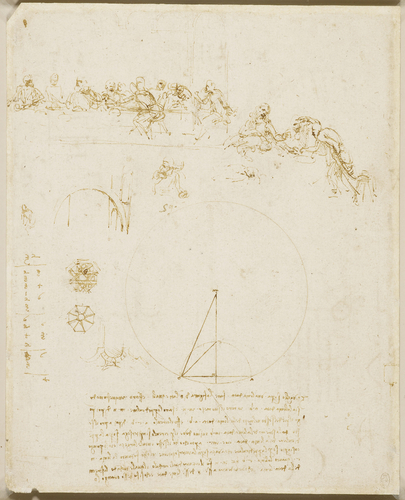
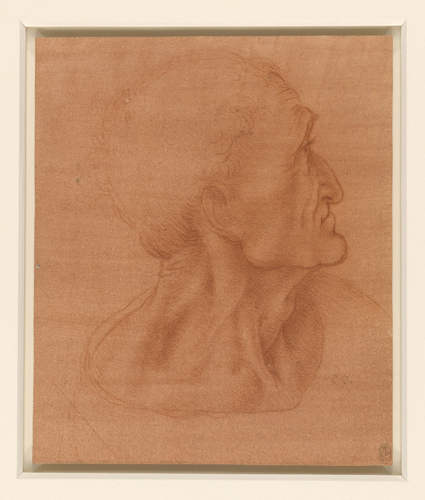
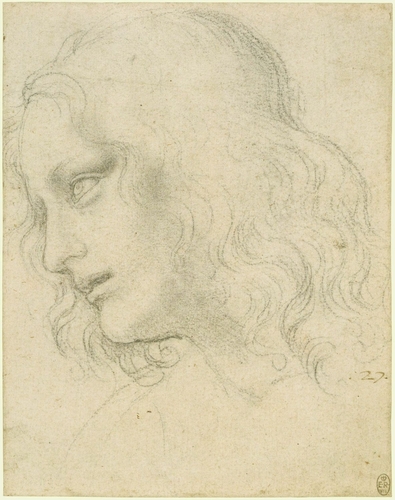
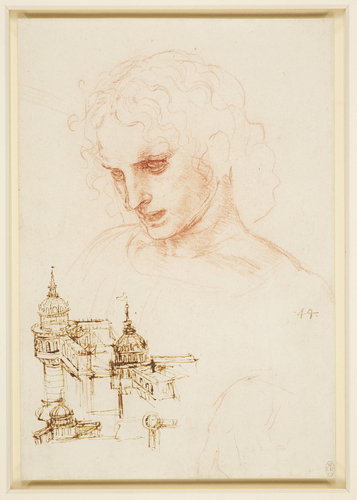
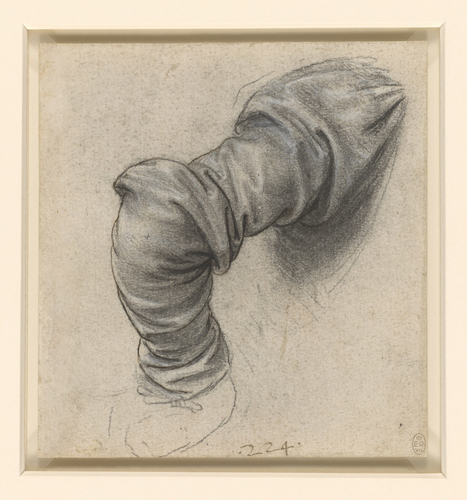
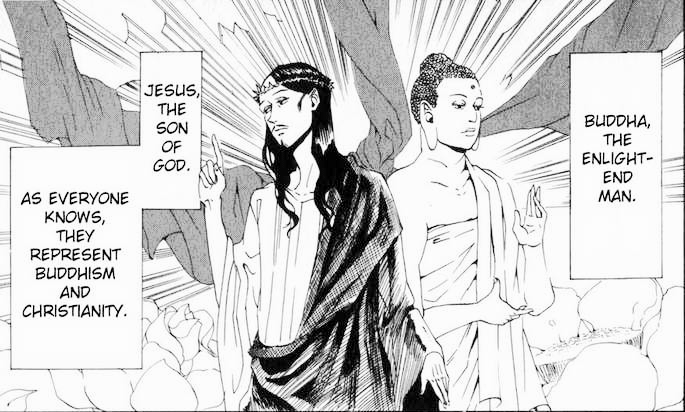
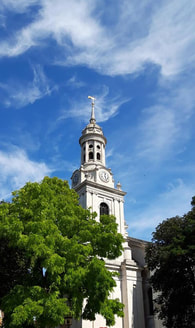
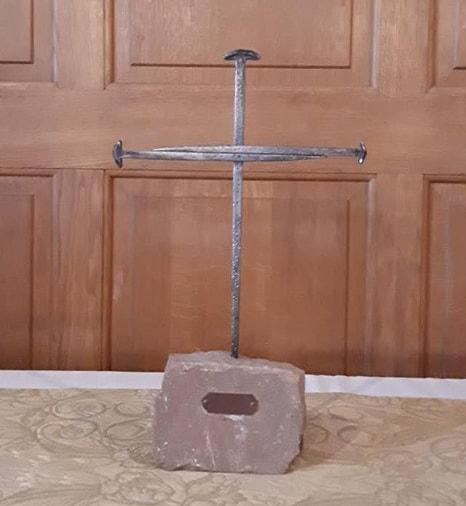
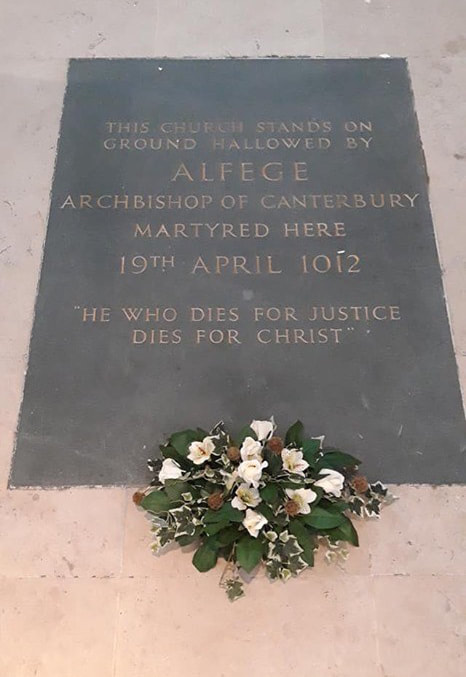
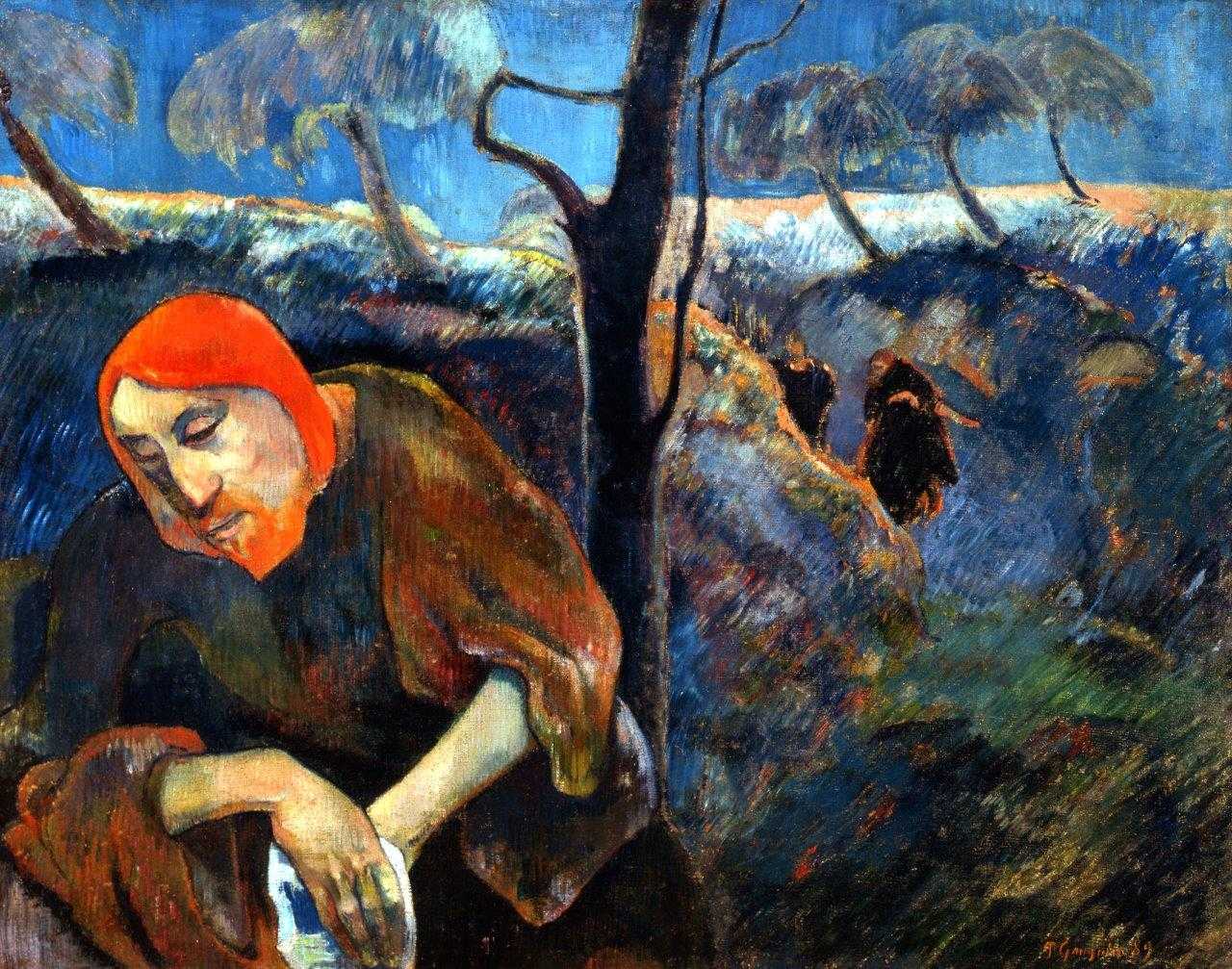
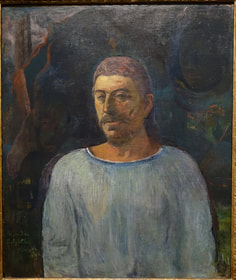
 RSS Feed
RSS Feed